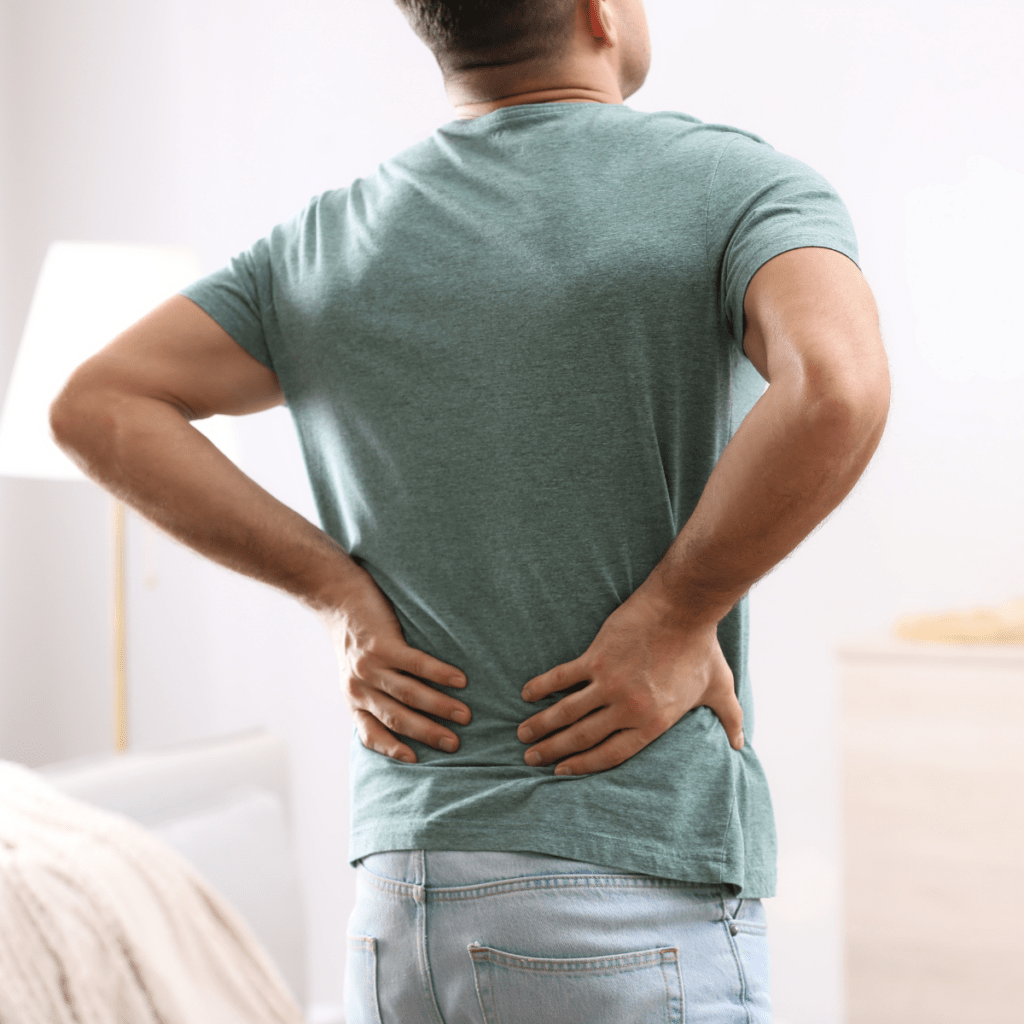Introduction:
Our expert team offers personalized care to relieve your lower back pain using advanced technology and effective treatments. Call (973)-922-9515 today.
Key Takeaways:
- Lower Back Pain Causes: Muscle strain, herniated discs, arthritis, and skeletal irregularities are common causes.
- Risk Factors: Age, lack of exercise, obesity, and certain diseases increase the risk.
- Types of Pain: Sciatica, facet joint pain, and muscle spasms are key types.
- Injection Therapies: Effective options include epidural steroid injections, facet joint injections, nerve block injections, and sacroiliac joint injections.
- Lifestyle Modifications: Good posture, regular exercise, and quitting smoking are vital for back health.
What Are the Common Causes of Lower Back Pain?
- Muscle Strain: Caused by repetitive movements or improper posture.
- Herniated Discs: When discs between vertebrae bulge or rupture, causing pain.
- Arthritis: This leads to cartilage erosion and spinal canal narrowing (stenosis).
- Skeletal Irregularities: Conditions like scoliosis or muscle imbalances.

What Are the Risk Factors for Lower Back Pain?
- Age: Increases likelihood of back pain.
- Lack of Exercise: This leads to weak muscles and potential pain.
- Obesity: Extra weight adds pressure to the back.
- Diseases: Conditions such as arthritis and cancer.
What Are the Types of Lower Back Pain?
- Sciatica: Radiates from the lower back down through the legs.
- Facet Joint Pain: Originates from irritated spinal joints.
- Muscle Spasm: Tight muscles causing continuous pain.

Which Injection Therapies Are Effective for Lower Back Pain?
- Epidural Steroid Injections: Reduce inflammation and pain around spinal nerves.
- Facet Joint Injections: Target spinal joints to alleviate arthritis or injury pain.
- Nerve Block Injections: Block pain signals from specific nerves.
- Sacroiliac Joint Injections: Address inflammation in joints connecting the spine to the pelvis.
How Can Lifestyle Modifications Help with Lower Back Pain?
- Good Posture: Ensures proper spinal alignment and reduces muscle stress.
- Regular Exercise: Strengthens core muscles for better back health.
- Quit Smoking: Reduces the risk of back pain and related issues.
Frequently Asked Questions
How do I know if my lower back pain is serious?
If your lower back pain is accompanied by symptoms like numbness, weakness in the legs, loss of bladder or bowel control, severe pain that doesn’t improve with rest or pain following an injury, it may be serious. Persistent pain lasting more than a few weeks, or pain that radiates down your leg, especially below the knee, should also prompt you to seek medical attention. Consulting a healthcare professional is crucial to determine the underlying cause and appropriate treatment.
How do I know if my back pain is nerve or muscle?
Nerve pain often presents as a sharp, shooting, or burning sensation that radiates from your lower back down to your legs, typically along the path of a specific nerve. You may also experience tingling, numbness, or weakness in your legs. Muscle pain, on the other hand, is usually a dull, aching, or throbbing pain localized to a specific area in your back. Muscle pain often worsens with movement or pressure on the affected area, whereas nerve pain can be triggered by certain movements, but it tends to be more constant and severe.
How to identify back pain?
Back pain can be identified by various symptoms, including a dull ache, sharp stabbing pain, or a burning sensation in the back. It may occur suddenly after lifting something heavy, or it might develop gradually due to poor posture or other underlying conditions. Back pain can be localized to one area or radiate to other parts of the body, such as the hips or legs. If you notice pain worsening with specific movements, difficulty standing up straight, or muscle stiffness, it’s likely back pain. Assessing the duration, intensity, and associated symptoms like numbness or tingling can help in identifying and categorizing the type of back pain you’re experiencing.

